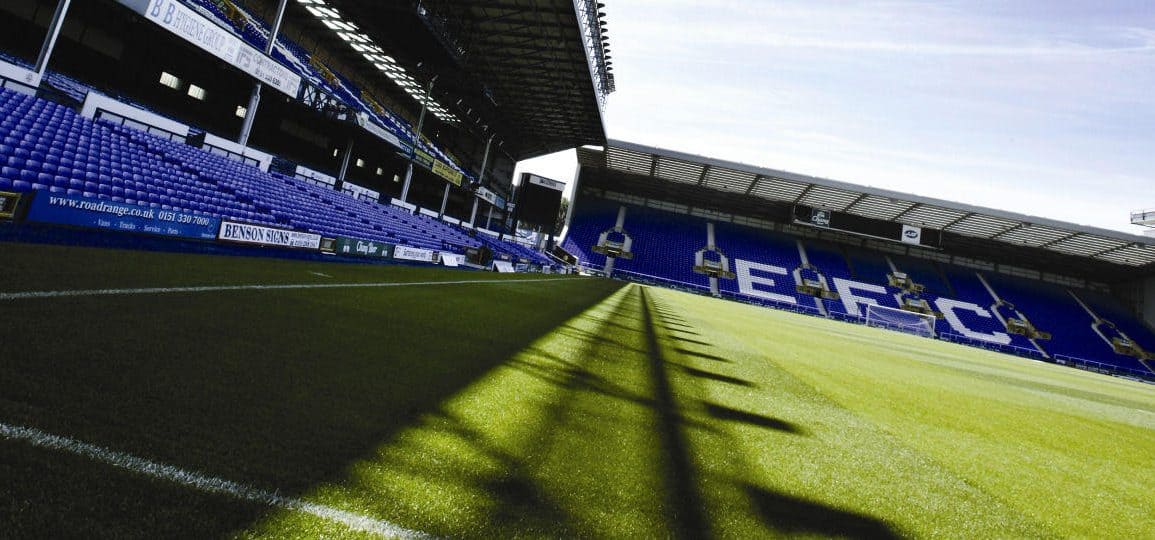With news that Liverpool City Council will update the public on progress or otherwise before the end of October, it is worth looking at what a new stadium means in terms of finances, and how it could possibly be financed.
Let’s look at the revenue side first.
Assumptions:
New stadium: Capacity 55,000
Average attendance: 50,000 (an increase in 11,000 from today’s attendances)
Ticket prices increase by 10% on existing prices
Hospitality: Everton attract 2,000 more hospitality clients per game paying £175 per head
Running Costs – difficult because it’s not possible to say what Goodison costs to run, but I’m going to assume a new ground is more efficient and suggest it costs £2m a year less to run than Goodison.
Naming rights:
A real stab in the dark as it is difficult to get meaningful figures from other clubs but I’m going to go for a figure of £2 million per year.
So, taking into account all of the above match day revenues would increase by approximately £20 million a year, so approximately £ 1 million per match.
Now let’s look at the costs…..
How much would a new stadium cost?
Frankly I have no idea, but for the purposes of this article let’s assume there’s contributions from public bodies and perhaps some EU funding (?) and that Everton’s contribution is funded by debt. From this we can look at how much the cost of borrowing certain amounts are (i.e. total cost of stadium minus financial assistance from third parties = amount of debt Everton would have to carry). I’ve also assumed the existing long term debt is carried over so has no impact.
I’m going to look at three different debt levels, £150 million, £200 million and £250 million
Assumptions:
Length of debt: 30 years
Interest rate 8%
Annual repayment and debt servicing costs:
£150 million: £13.2 million per annum
£200 million: £17.6 million per annum
£250 million: £22.0 million per annum
Taking into account the projected increase in revenues, we’d have cash flow figures for the following debt levels of:
£150 million debt: positive cash flow of £6.8 million
£200 million debt: positive cash flow of £2.4 million
£250 million debt: negative cash flow of £2.0 million
From the above figures we can see a fairly healthy rise in income levels (if assumptions are correct) but a stadium where the Everton contribution is funded by debt begins to look far less attractive, and frankly hugely risky for the club and lender.
I would be amazed if the club could find such levels of debt funding based on the business case above. Just a small change in the club’s (or the Premier League) fortune would create a very vulnerable position.
The benefits are marginal and the risks huge – it would not make sense to fund a stadium largely on debt.
Where does that leave us?
It leaves the Board no alternative but to seek equity investors if a new stadium is to become a reality.
This can be from (i)the Board themselves – unlikely in my opinion,(ii) from attracting new investors into the club – highly dilutive given the levels required and almost certainly meaning the Board losing their majority control, or (iii) by selling the club to investors with sufficient capital to achieve the above.
What is it to be?


